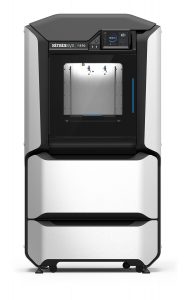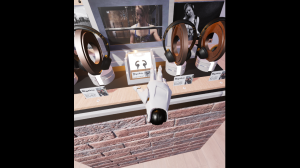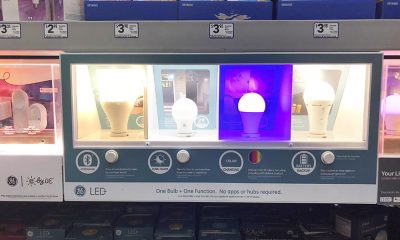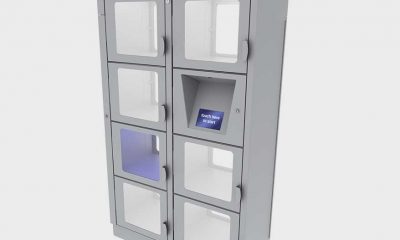How using the latest innovative software and products can save clients time and expense
As the Creative Director at Frank Mayer and Associates, Inc., a big perk of my job is staying immersed in the tech world and discovering the latest software and products developing at rapid speed.
With an unending catalog of options available, it’s an exciting task to curate the programs we use to benefit our clients. Below is a sampling of tools we employ to better serve our customers with their point-of-purchase projects.
Unreal Engine 4
In the not so distant past, creating a video to stage a client’s display would require days, or even weeks, of work carefully piecing together each frame. Unreal Engine 4 has completely revolutionized the presentation landscape. Now, we can create instantaneous renderings at any size and resolution and can make modifications that don’t require large time commitments.
Originally developed as a software for first-person shooter games, the earliest development of Unreal Engine was significant because the program supported “modding,” or allowing players to modify code, insert artwork, and more.
Advertisement
Fast forward nearly two decades, and the latest edition, Unreal Engine 4, continues to improve its capabilities as more industries outside of gaming find the program useful.
At the time of Unreal Engine 4’s release, I was exploring how to get our design models into virtual reality and saw this software as a perfect avenue. Not only does it offer a great physically-based material creation kit that allows designers to quickly craft true-to-life materials and finishes, but it also has a blueprint system, which means I can make designs interactive without having to learn special coding.
So, what does this mean for our clients?
Unreal Engine 4 allows us to showcase their displays in real-time with superior quality graphics. Companies can view their designs as a fully representative 3D model on a desktop, or experience it in VR even before prototypes are built.
Virtual Reality
Interacting with a display can be an important undertaking before a client invests in the prototype phase. Virtual reality makes this possible.
Advertisement
Repurposing the same modeling/texturing/lighting work we did to create rendered images from Unreal Engine 4, virtual reality can simulate how a target audience will engage with various features. In this fully computer-generated world, clients can test their merchandising display by swiping a credit card, using a kiosk’s touchscreen, pulling product off a shelf, and much more.
This rich experience enables brands and retailers to document any immediate design or engineering modifications to their project, saving money and time before a prototype is created.
3D Printer
Sometimes you can’t beat seeing and feeling a physical replica or segment of a display. With our in-house 3D printing capabilities, we can provide a 3D visualization or proof of concept prototype components in a fraction of the time it takes to go through full engineering and traditional prototyping.
Often an image can go from a designer’s screen to a printed part in less than 24 hours, providing a fully visually and mechanically representative prototype on a greatly accelerated schedule.
Like virtual reality, offering 3D printing provides an opportunity to evaluate key components before moving on to the next stage of the process.
Advertisement
Conclusion
As with all new technology, it’s important to decipher the programs that will save on time and costs for both our business and the clients we serve. Along with the programs listed here, we strive to seek out the latest services to ensure our customers benefit from the newest innovation, and we look forward to what comes next.
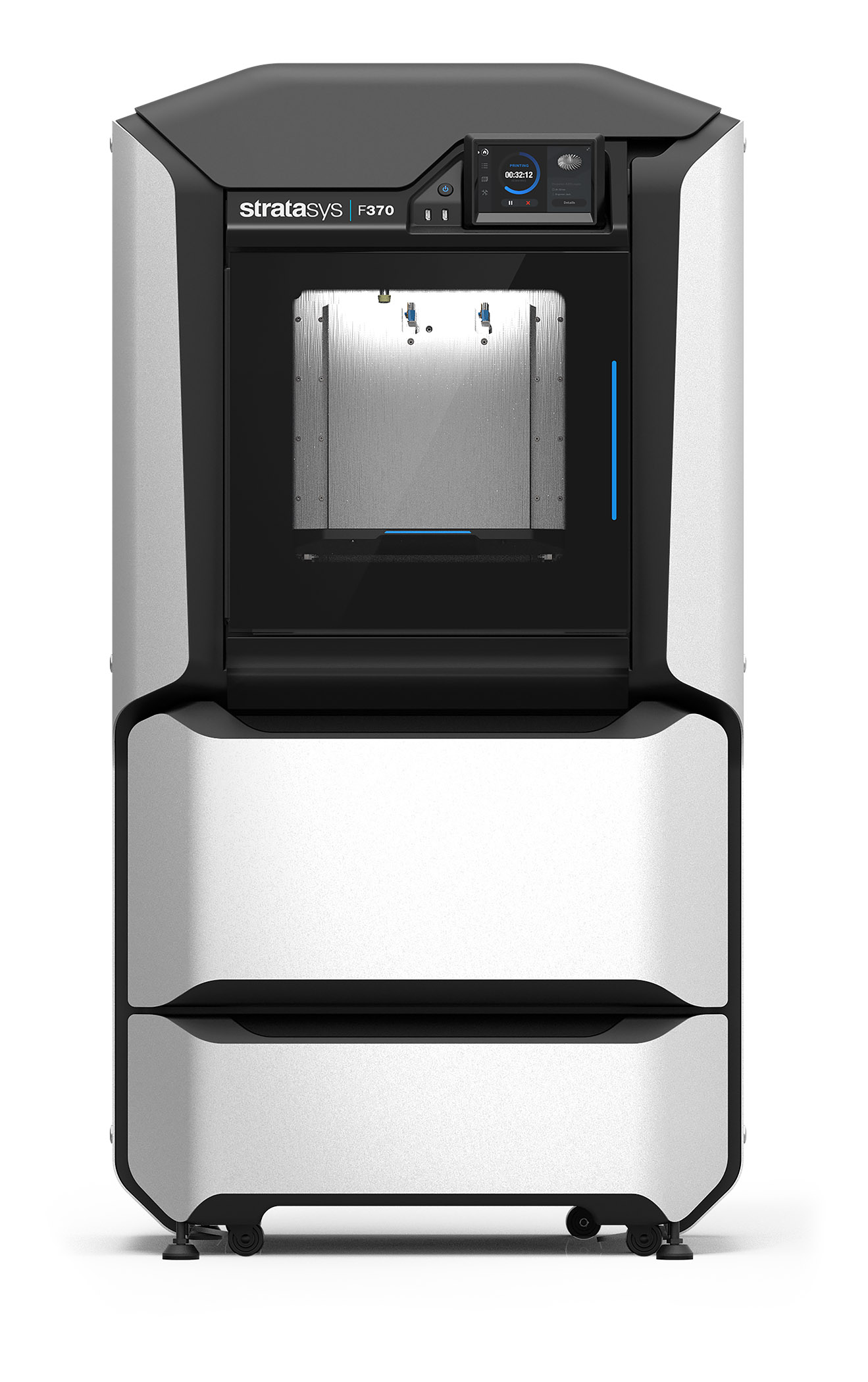

 Photo Gallery1 week ago
Photo Gallery1 week ago
 Headlines4 days ago
Headlines4 days ago
 Headlines1 week ago
Headlines1 week ago
 Headlines2 weeks ago
Headlines2 weeks ago
 Headlines2 weeks ago
Headlines2 weeks ago
 Designer Dozen1 week ago
Designer Dozen1 week ago
 Headlines1 week ago
Headlines1 week ago
 Headlines3 days ago
Headlines3 days ago
